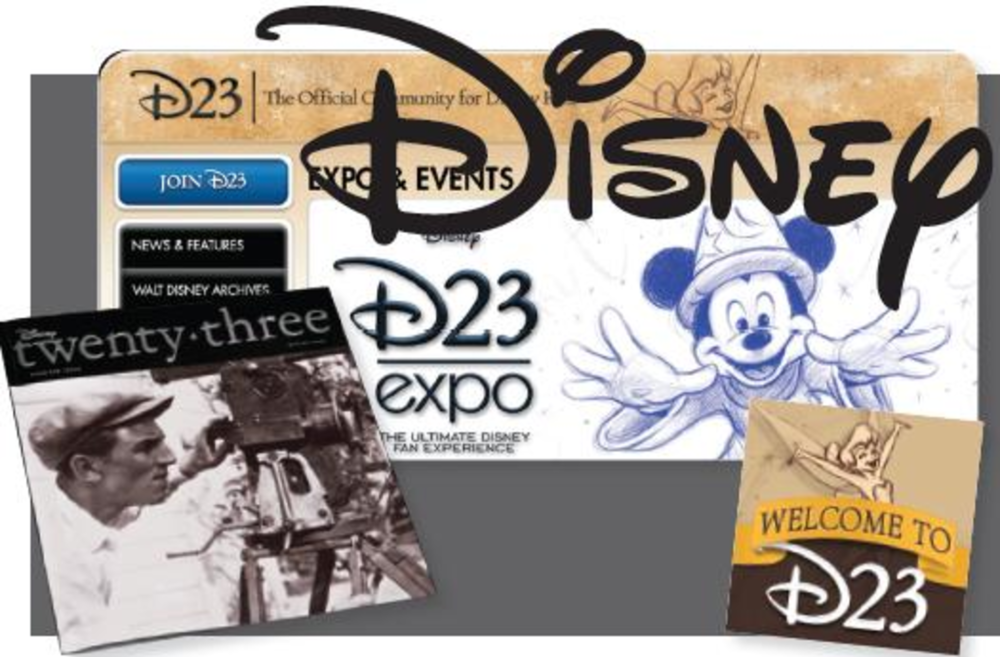Beleaguered by declining readerships and the exodus of advertisers, media companies have begun furiously experimenting with new strategies they hope will help them retain their relevance, including personalized newspapers and online migration.
These companies also have re-energized interest in robust CRM programs, like the one Disney launched last week.
Most newspaper and magazine companies already have some sort of subscription marketing program that involves following customer behavior in order to drive renewals. In addition, many entertainment companies have one-off loyalty programs for individual properties.
What’s new in this space is that many – because of declining readerships and revenues – are reviewing all of the content that they own and trying to figure out how to package it in a way that will provide the most value to loyal customers.
“Newspapers, magazines and media companies in general have to start thinking about what content they reserve and what they don’t,” said David Rosen, SVP at San Francisco-based Loyalty Lab, a provider of on-demand customer loyalty technology. “By asking people to sign up for digital content, for example, and to be part of the brand, it creates a deeper sense of engagement. That then becomes a marketing platform as opposed to an advertising platform, which is what media companies have now.”
A marketing platform, he continued, will enable media companies to help put advertisers in contact with the right consumers at the right time, something for which many advertisers are willing to pay.
Disney’s new membership program, dubbed D23, is the first official community for Disney fans, according to a statement from the company. The name D23 is a reference to 1923, the year in which Walt Disney opened his Hollywood studio.
A one-year, $74.99 membership to D23 includes a subscription to a new quarterly publication, Twenty-three, offers to attend special events and purchase exclusive merchandise, access to exclusive online content and a membership certificate and card. “Clearly, Disney is trying to put a lot more structure into its communication flow [with loyal fans],” said Rosen.
In contrast to a lack of any consolidated message from Disney to its fans previously, he continued, the new program provides a clear benefit to consumers — through it, they can engage in an ongoing relationship with the popular entertainment company.
“Here’s a case where a media company is taking a lesson from the direct marketing industry,” Rosen said. “By providing structured value [to its customers], Disney will ultimately see higher levels of conversion and engagement across the entire franchise.”
Time Inc., which already has a subscription marketing program, will begin testing various models of loyalty marketing by the end of the year, said Sarah Jack, VP of subscription marketing at Time Inc., whose publications include Time, People and Sports Illustrated.
“As magazines have trended toward deep discounting, if we want to maintain revenue and stay in business, we have to make sure we have products that people are willing to pay for,” Jack said.
As a result, in addition to its retention efforts and regular consumer research that it does to understand what’s relevant to its readers, Time Inc. wants to determine what other assets it can bring to the equation that will be of value to subscribers. This could include a special walled-off area on a Web site and special newsletters or extra content that only subscribers would get, Jack suggested.
“The idea is to make sure that our subscribers feel that a relationship with the brand is really worth paying for,” she said.
“There has been a really big shift among media companies toward embracing the concept of CRM and understanding the value of their customers,” said Julie Phillips Baker, SVP of strategy and planning at Quaero, a Charlotte, NC-based marketing services provider.
Driving this trend is the realization by media companies that they can charge much higher cost per thousand impression fees when they offer targeted opportunities built around specific customer profiles, she continued. In addition, “larger clients are demanding this type of information about the audience,” Baker said.
However, traditional media companies lag behind their online counterparts when it comes to collecting customer data.
“Only a handful of media companies have been able to execute this kind of CRM program, while others are in the first stages of collecting the data,” said Baker.
For example, ESPN worked with Quaero to develop five customer profiles based on data it had collected about its target sports fans through several channels. Last May, those profiles were made available online for advertisers to use in their targeting efforts. More recently, ESPN has begun to apply the profile information to its own marketing efforts.
“ESPN has seen some incremental lift with much more targeted opportunities on the marketing side,” Baker said.
In another example of a media company embracing the use of customer, Tribune Company, which publishes 10 daily newspapers, started rolling out a program called PrePrint Optimization last fall. It pairs client customer data with subscriber data to target where and how advertisers can effectively reach consumers.
Clearly, an age of experimentation has begun for traditional media and much of it is built around trying to build more value into the offering for consumers and advertisers. MediaNews Group, the fourth-largest newspaper chain in the country, recently said it would test a personalized newspaper service this summer, complete with targeted ads.
Los Angeles Daily News readers will be able to choose the stories that interest them and print out the newspaper at home via a proprietary printer that is in development by MediaNews Group.








